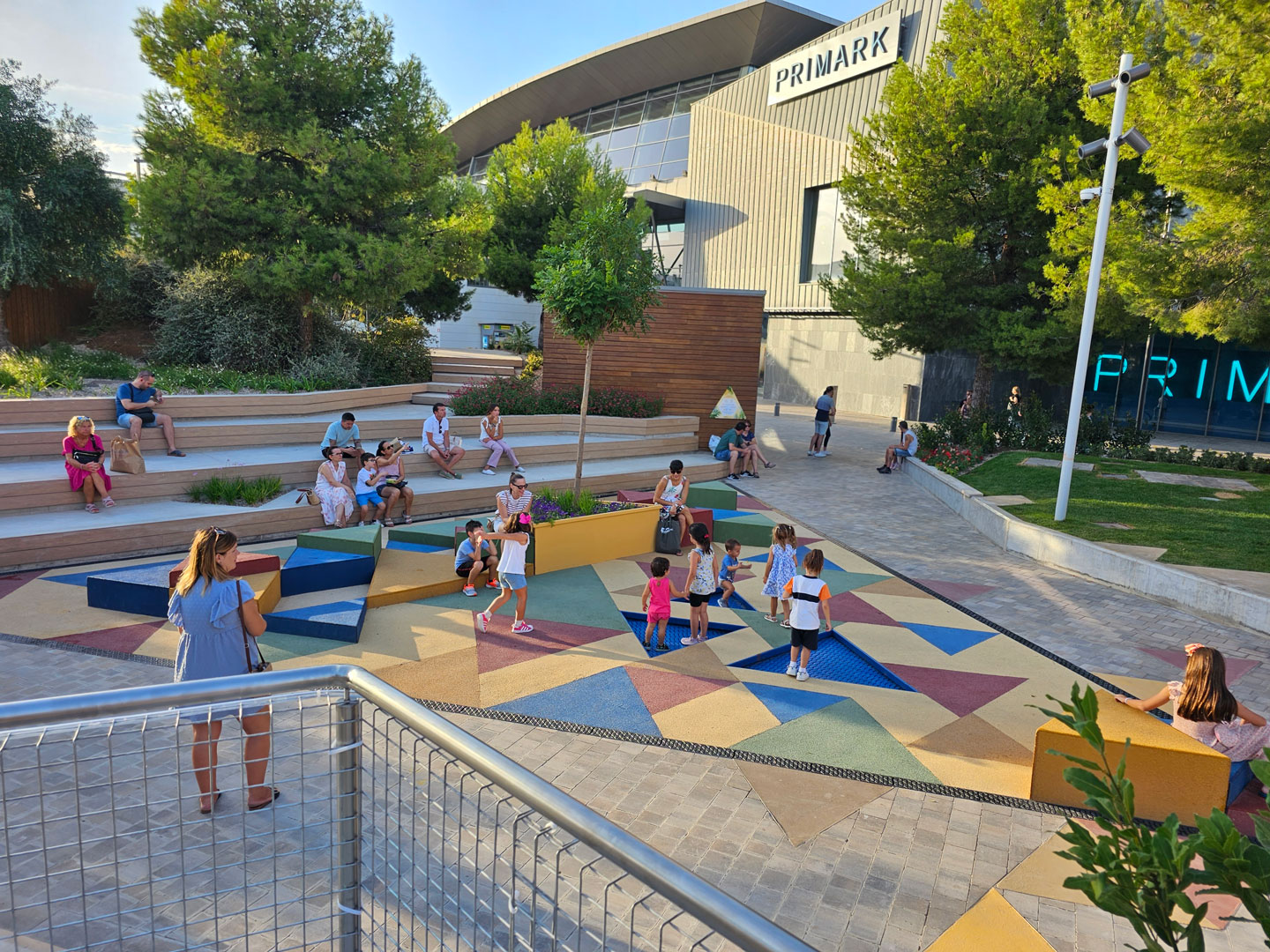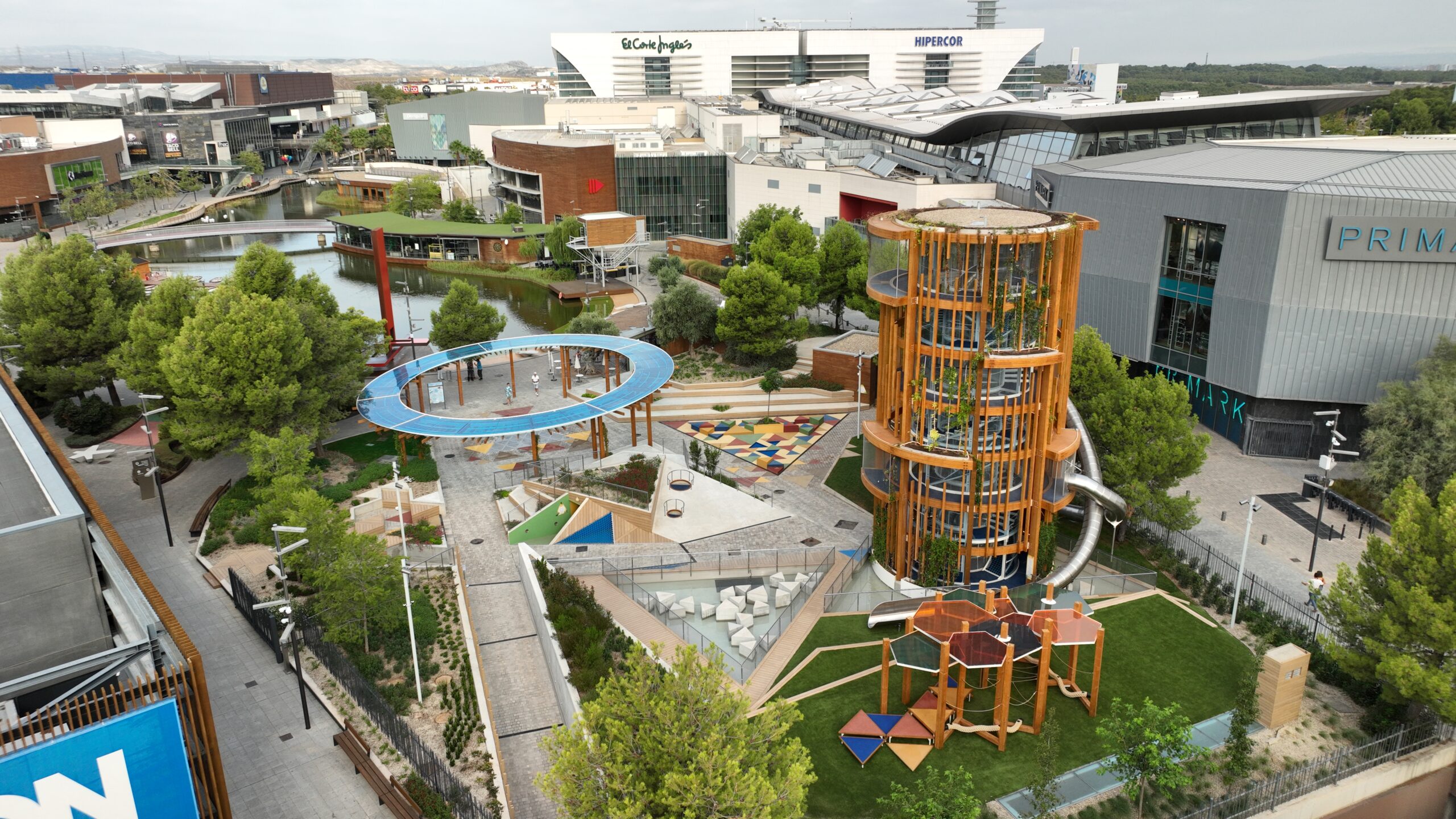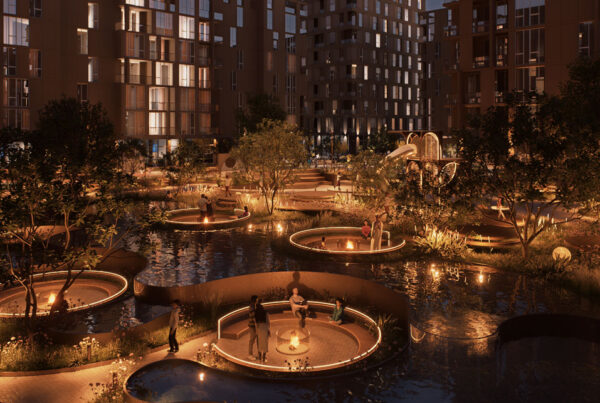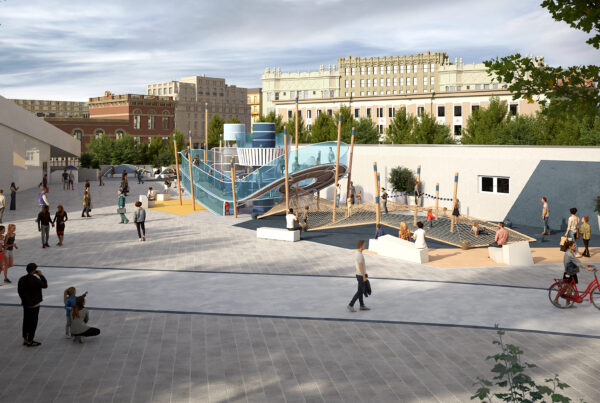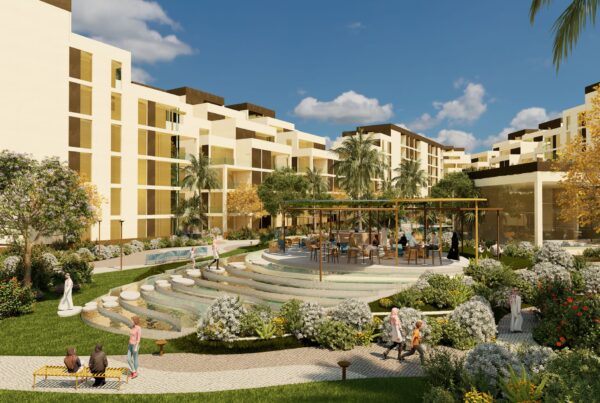Why activating public spaces matters more than ever
Across the retail and real estate sectors, one concept is gaining ground: spaces that don’t just fill square meters, but activate them. As shopping centres evolve into lifestyle destinations, leisure design has emerged as a strategic tool to influence not only visitor experience, but also economic performance.
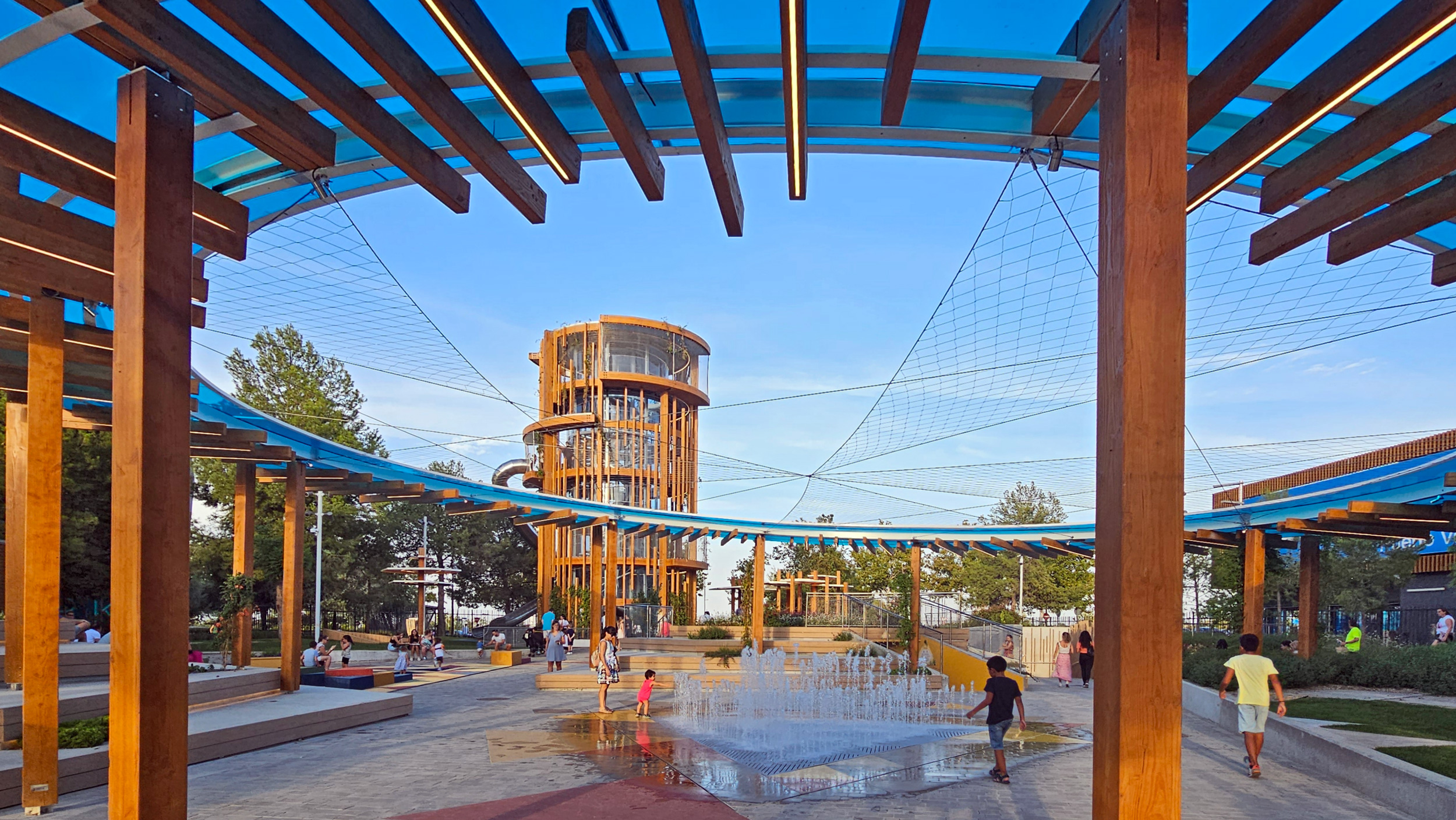
The link between dwell time and commercial success
Numerous industry studies have highlighted a simple truth: the longer visitors stay, the more they spend. But increasing dwell time isn’t about extending store hours or adding more shops. It’s about creating an environment where people want to stay.
This is where well-designed leisure spaces come in—transforming passive corridors or empty atriums into interactive, emotional, and shareable moments that enhance the overall experience. These aren’t distractions; they are performance tools.
Tailored design is the key to lasting impact
Adding off-the-shelf solutions may offer a quick fix, but their impact is often shallow and short-lived. What truly drives value is a bespoke approach to leisure design—one that reflects the specific identity, audience, and goals of a space.
Project highlight – Puerto Venecia, Spain
In Zaragoza, Spain, a transitional zone at Puerto Venecia was reimagined into an iconic leisure experience. What was once an overlooked area became a dynamic connector, bringing movement, engagement, and visibility to the surrounding commercial zones.
This kind of transformation isn’t about decoration—it’s about strategy: using design to unlock the full value of a space.
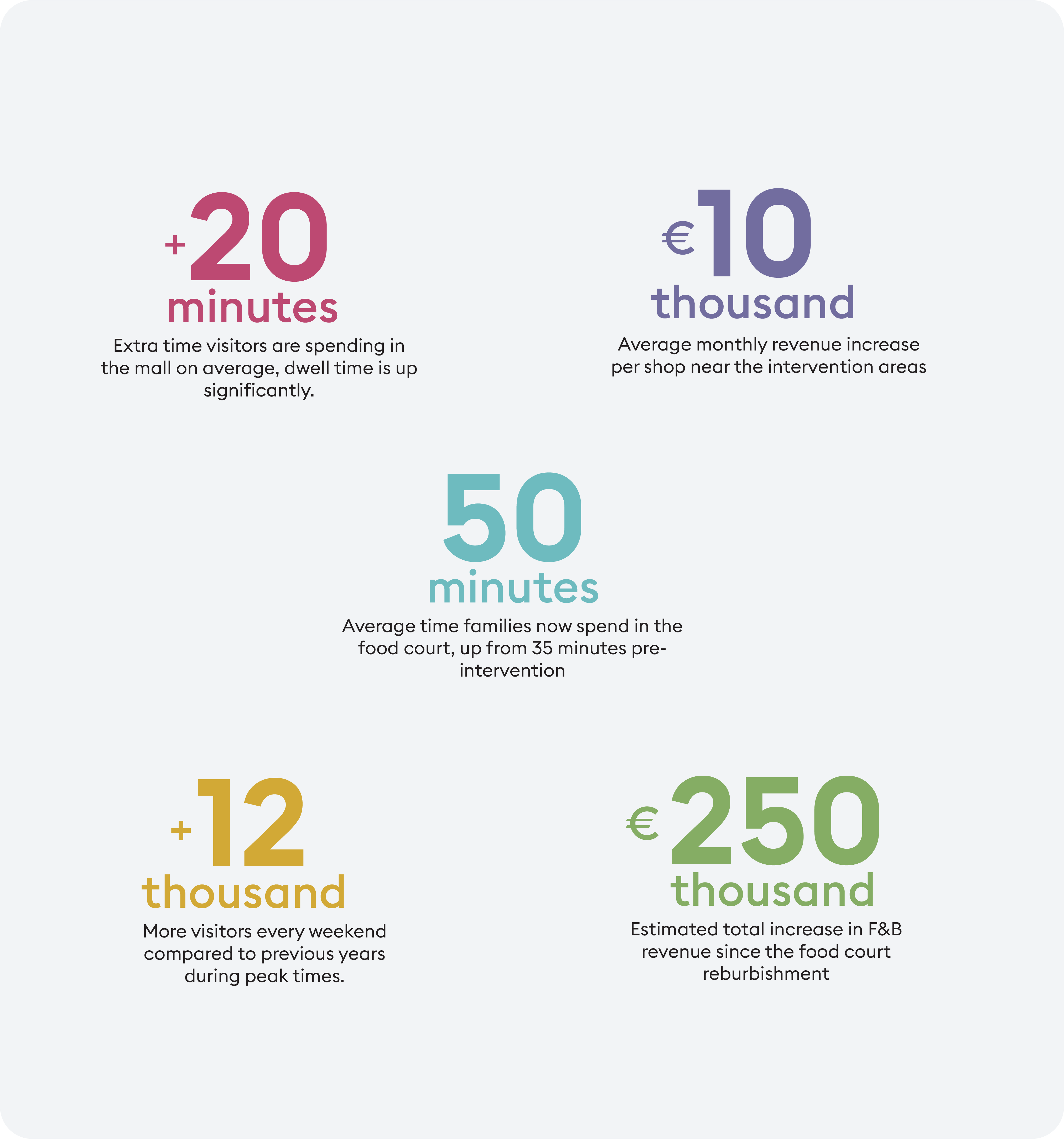
Leisure as a business strategy
Retail destinations today are measured not just by occupancy or footfall, but by the quality of the experience they provide. When people choose to spend time in a place, they are more likely to return, and to share it.
Leisure activations done with purpose can improve:
-
Customer satisfaction
-
Tenant performance
-
Brand differentiation
-
Long-term asset value
It’s not a trend, it’s a business strategy.
